|
Voiced by Amazon Polly |
Introduction
Quantum computing is not just a futuristic buzzword anymore. With platforms like Amazon Braket, researchers, developers, and curious minds are now within reach of exploring the power of quantum algorithms. But before diving into complex simulations or hybrid workflows, it is crucial to grasp the fundamental building blocks: qubits and quantum circuits.
In this blog, we will break down qubits, how quantum circuits work, and how Amazon Braket provides the tools to start building quantum solutions.
Pioneers in Cloud Consulting & Migration Services
- Reduced infrastructural costs
- Accelerated application deployment
Qubit
In classical computing, a bit can be either zero or one. All operations and memory states are based on this binary logic. A qubit, or quantum bit, is fundamentally different. With the principles of quantum mechanics, a qubit can exist not only in the states zero or one, but in a superposition of both.
Imagine spinning a coin. While spinning, it is not strictly heads or tails, it is a mixture of both. That is a rough analogy of superposition in a qubit. This property allows quantum computers to explore many possible outcomes simultaneously.
But there is more. Qubits can also become entangled, meaning the state of one qubit can be dependent on the state of another, even if they are physically separated. This leads to highly complex, parallel information processing that classical computers struggle to emulate.
Quantum States and Superposition
A qubit’s state is represented mathematically as a vector. Without going deep into equations, know that a qubit can be in states zero, one, or any linear combination of both. The probability of the qubit collapsing to a specific state (upon measurement) depends on the amplitude of each component.
When you run a quantum program, you are not getting deterministic results like classical code. Instead, you are getting a distribution of possible outcomes, from which patterns or solutions emerge after multiple runs.
Quantum Circuits
Now that we understand qubits, the next step is learning how to manipulate them to perform computations. This is where quantum circuits come in.
A quantum circuit is a sequence of operations called quantum gates that change the state of qubits. Think of quantum gates as building blocks, like logic gates in classical computing, but operating on quantum states.
Some basic quantum gates include:
- The X gate, which flips the state of a qubit (like a NOT gate)
- The Hadamard (H) gate, which puts a qubit into superposition
- The CNOT gate, which entangles two qubits
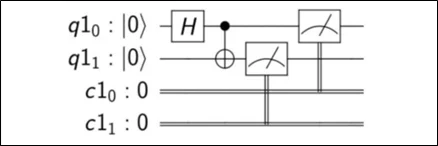
Image: A simple quantum circuit example
Combining these gates in a well-designed circuit allows you to solve optimization problems, simulate molecules, or even factor large numbers, something classical computers cannot efficiently do.
Amazon Braket
This is where Amazon Braket enters the scene. AWS’s fully managed quantum computing service allows users to design, test, and run quantum algorithms on both simulated and real quantum hardware.
Amazon Braket supports multiple quantum devices, including D-Wave, Rigetti, and IonQ. This flexibility means you can write your code once and run it on different backends to compare performance or accuracy.
Architecture Diagram:
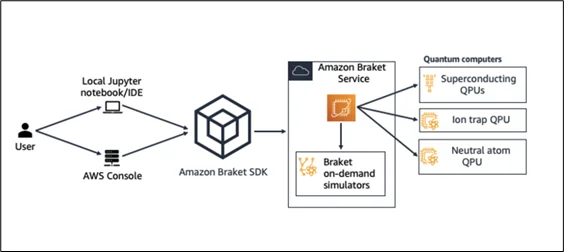
Even better, it provides a Python SDK that makes it easy to define circuits, apply gates, and run simulations all within a familiar development environment.
Simulators vs Real Hardware
Amazon Braket offers two key types of execution:
- Simulators
These are classical computers that emulate quantum behavior. They are perfect for testing, debugging, and learning. Amazon Braket provides access to several simulators, such as the Density matrix simulator (DM1), State vector simulator ( SV1), Tensor network simulator (TN1), and the local simulator. - Quantum Hardware
When you are ready to experiment with actual qubits, Braket lets you choose real devices from leading quantum companies. Running circuits on real hardware helps you understand noise, decoherence, and hardware-specific quirks.
Challenges of Working with Qubits
Quantum computing is still in its early stages. Qubits are fragile and error-prone. Factors like noise, decoherence, and gate fidelity all impact the results.
Amazon Braket helps overcome hurdles by offering hybrid jobs, where classical and quantum code work together. You can run optimization algorithms, loop over parameters, and feed results between classical and quantum components, all in a managed workflow.
What You Can Build?
With a basic understanding of qubits and circuits, and access to a platform like Amazon Braket, you can start exploring:
- Optimization problems, such as route planning or supply chain logistics
- Quantum chemistry, by simulating molecules or reactions
- Quantum machine learning, using frameworks like PennyLane, integrated with Braket
- Cryptographic research, including factoring and secure communications
While we are still years away from fully mature quantum computing, early experiments today can give you a serious edge tomorrow.
Conclusion
Understanding qubits and circuits is the foundation of quantum computing. These concepts might initially feel abstract, but with platforms like Amazon Braket, they become accessible and tangible.
Drop a query if you have any questions regarding Amazon Braket and we will get back to you quickly.
Empowering organizations to become ‘data driven’ enterprises with our Cloud experts.
- Reduced infrastructure costs
- Timely data-driven decisions
About CloudThat
CloudThat is an award-winning company and the first in India to offer cloud training and consulting services worldwide. As a Microsoft Solutions Partner, AWS Advanced Tier Training Partner, and Google Cloud Platform Partner, CloudThat has empowered over 850,000 professionals through 600+ cloud certifications winning global recognition for its training excellence including 20 MCT Trainers in Microsoft’s Global Top 100 and an impressive 12 awards in the last 8 years. CloudThat specializes in Cloud Migration, Data Platforms, DevOps, IoT, and cutting-edge technologies like Gen AI & AI/ML. It has delivered over 500 consulting projects for 250+ organizations in 30+ countries as it continues to empower professionals and enterprises to thrive in the digital-first world.
FAQs
1. How does Amazon Braket compare to other quantum computing platforms?
ANS: – Amazon Braket provides a unified environment to access multiple quantum hardware providers (like IonQ, Rigetti, D-Wave) and simulators in one place, simplifying cross-platform development and benchmarking.
2. What programming languages can I use with Amazon Braket?
ANS: – The primary SDK for Amazon Braket is Python, which is widely used in classical and quantum computing communities. This makes it easier to integrate quantum workflows into existing projects.

WRITTEN BY Aehteshaam Shaikh
Aehteshaam works as a SME at CloudThat, specializing in AWS, Python, SQL, and data analytics. He has built end-to-end data pipelines, interactive dashboards, and optimized cloud-based analytics solutions. Passionate about analytics, ML, generative AI, and cloud computing, he loves turning complex data into actionable insights and is always eager to learn new technologies.


 Login
Login


 August 18, 2025
August 18, 2025 PREV
PREV


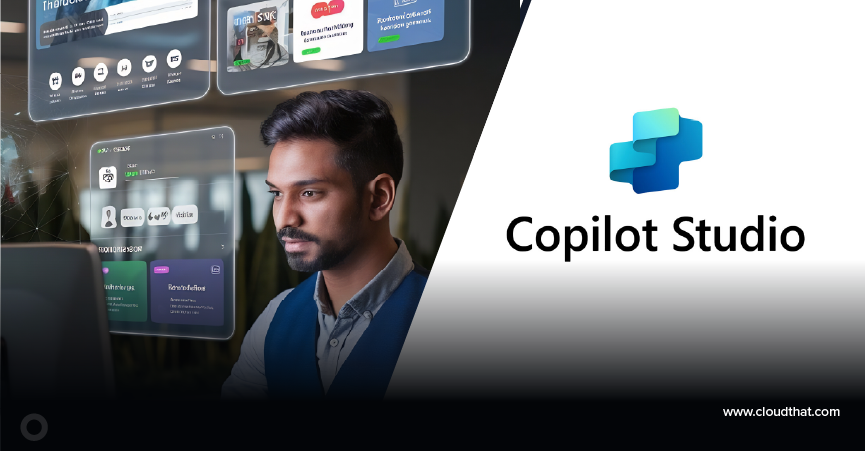


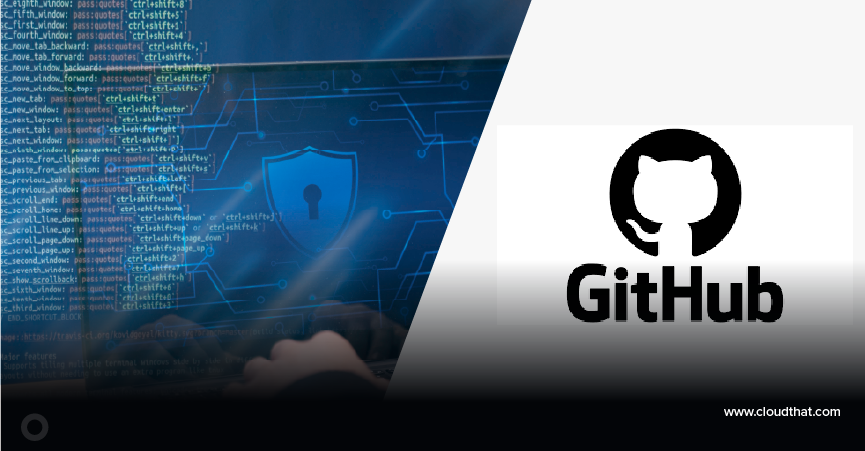

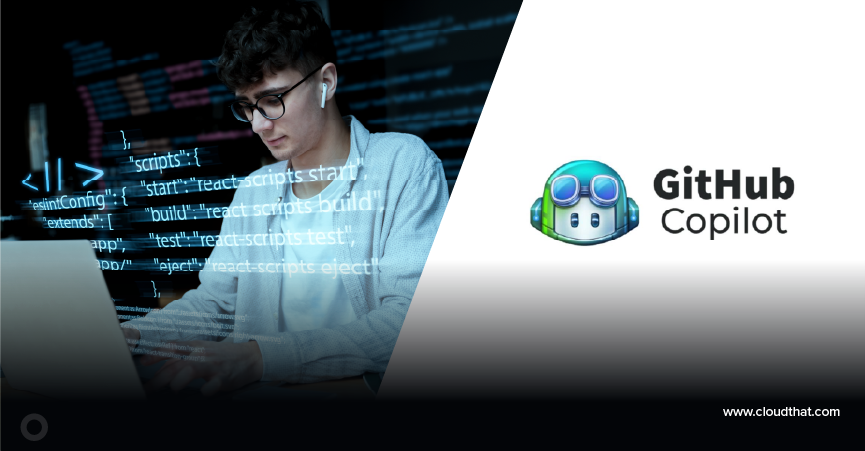


Comments